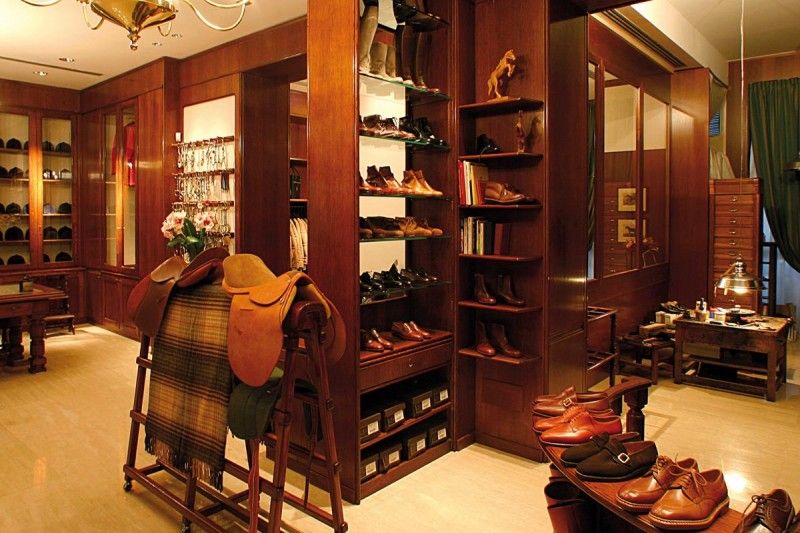Stivaleria Savoia
Stivaleria Savoia is a Milanese boot shop founded in 1925
Stivaleria Savoia began its activity in 1925, when Giuseppe Ballini took over the workshop from the old owners, shoemakers of the cavalry regiments who had followed one another since 1870 in the traditional headquarters in via Vincenzo Monti, street in which they had an external office where they carried out the work for private and civil customers with the name of Calzoleria Savoia. It was Ballini who changed the name to Stivaleria Savoia. He devoted himself mainly to making boots both for military use and for all horse riding and hunting specialties.
Some members of the royal family became regular customers and Mussolini himself had a few pairs of boots made (one is still kept in a memorabilia case in the family tomb in Predappio). The post-war period marked the transition to a predominantly civilian clientele, because the military gradually eliminated the use of boots. Therefore, the production of models intended for riding and hand-made shoes for men intensified.

The current situation
Today, at least 80% of production is oriented towards shoes. Ballini-Savoia is a survivor of handcrafting. From here, a constant success. Currently, his son Arturo manages the shop and directs it and has been working there since 1970. In the adjacent workshop, some craftsmen still make custom-made shoes and boots for horse riding, polo and other sports disciplines: each customer has his own model in wood on which the shoe is made. These shapes are numbered and kept.
The footwear on sale has increased because in addition to the entirely handmade production, the prêt-à-porter lines for men and women have been introduced. The shop also carries Church and Edward Green models. In addition to the saddlery with particular interest in polo, some items of clothing from important English houses such as Burberry, Smedley and Tanner Krolle are dealt with, as well as the famous Huskies which were first imported by Ballini in 1974.
Read also:
“Italian shoes, European footprint”, Italian footwear to be protected

